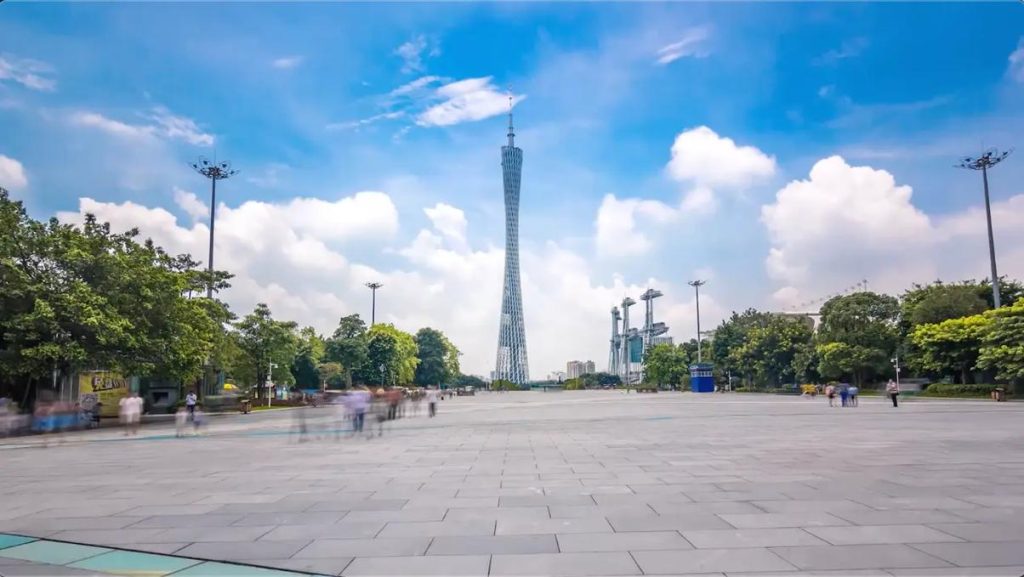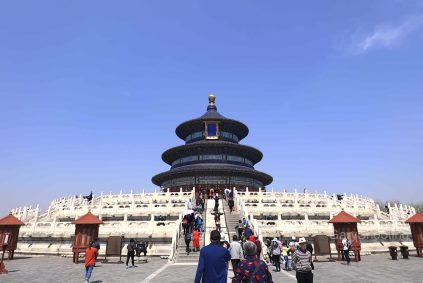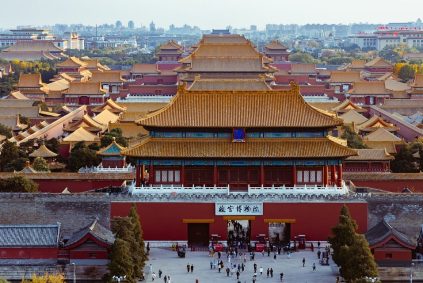Exploring Traditional Handicrafts in Guangzhou: A Journey Through Lingnan Craftsmanship
Guangzhou, a city at the heart of Lingnan culture, offers a rich tapestry of traditional handicrafts that reflect centuries of artistic innovation and cultural exchange. From delicate ceramics to intricate textiles, these crafts are not just relics of the past but living traditions practiced by local artisans today. Here’s a deep dive into some of Guangzhou’s most iconic handicraft experiences.
Canton Porcelain: The Art of Blue-and-White Elegance
Guangzhou’s Canton porcelain, also known as Guangcai, is renowned worldwide for its vibrant blue-and-white designs and delicate craftsmanship. Originating during the Tang Dynasty, this style flourished in the Ming and Qing dynasties when Guangzhou became a hub for maritime trade, exporting porcelain to Europe and Southeast Asia.
What Makes It Unique?
Unlike other porcelain traditions, Canton porcelain often features bold, freehand patterns inspired by nature—peony flowers, phoenixes, and landscapes are common motifs. Artisans use a technique called “underglaze blue”, where cobalt oxide is painted onto the clay before glazing and firing, creating a striking contrast between the deep blue and the white background.
Experience It Firsthand
Visitors to Guangzhou can explore workshops in areas like Fangcun Tea Market or Shaxi Craft City, where master potters demonstrate traditional throwing and painting techniques. Some studios even offer hands-on sessions, allowing participants to try their hand at painting simple designs under expert guidance. The process requires patience and precision, as even a slight misstep can alter the final piece.
Cultural Context
Canton porcelain was once a symbol of luxury, often commissioned by imperial courts or wealthy merchants. Today, it remains a cherished part of Guangzhou’s identity, with artisans blending traditional methods with modern aesthetics to create pieces that appeal to contemporary collectors.
Lingnan Embroidery: Stitching Stories into Fabric
Lingnan embroidery, a subset of Chinese Su Xiu (Suzhou embroidery), is distinguished by its vivid colors, intricate patterns, and three-dimensional texture. Developed during the Qing Dynasty, this style incorporates techniques like double-sided embroidery and gold-thread weaving, making it a favorite for decorative art and ceremonial garments.
Key Techniques
- Double-Sided Embroidery: Artisans stitch identical patterns on both sides of the fabric, creating a seamless finish visible from any angle.
- Gold-Thread Weaving: Thin strands of gold or silver are interwoven with silk to add luster and grandeur, often used in wedding attire or religious textiles.
Where to Learn
Workshops in Guangzhou’s Beijing Road Pedestrian Street or Chen Clan Ancestral Hall offer introductory classes in basic stitches like satin stitch and chain stitch. More advanced learners can study complex patterns, such as the “hundred birds paying homage to the phoenix”, a classic Lingnan motif symbolizing harmony and prosperity.
Modern Adaptations
While traditional embroidery focuses on cultural themes, contemporary artisans are experimenting with abstract designs and functional items like scarves and wall hangings. This fusion of old and new ensures the craft remains relevant in today’s market.
Cantonese Woodcarving: Sculpting Stories in Timber
Cantonese woodcarving is a meticulous art form that transforms blocks of wood into elaborate sculptures, furniture, and architectural decorations. Dating back to the Ming Dynasty, this craft reached its peak during the Qing era, when Guangzhou’s wealthy merchants commissioned ornate carvings for their homes and temples.
Materials and Tools
Artisans typically use camphor wood, sandalwood, or rosewood for their durability and fragrance. The tools are simple yet precise: chisels, gouges, and sandpaper are used to carve intricate details, from delicate floral patterns to lifelike animal figures.
Hands-On Opportunities
In Guangzhou’s Schamanische Insel, a historic enclave known for its colonial architecture, visitors can find studios where carvers demonstrate their skills. Beginners can try carving small objects like chopsticks or bookmarks, while advanced learners might tackle a simple relief sculpture. The process demands focus, as a single slip can ruin hours of work.
Cultural Significance
Woodcarving was traditionally associated with ancestral worship and Buddhist art, with temples and ancestral halls adorned with carved panels depicting mythological scenes. Today, it’s also used in modern interior design, blending traditional motifs with minimalist aesthetics.
Red Palm Weaving: Crafting Utility from Nature
Red palm weaving, a lesser-known but equally fascinating craft, uses the fibrous leaves of the Phoenix palm to create baskets, mats, and decorative items. This eco-friendly tradition has been practiced in Guangzhou’s rural areas for generations, particularly in districts like Panyu and Nansha.
Sustainable Practices
The palm leaves are harvested without harming the tree, then dried and dyed using natural pigments. Artisans weave the strips into tight patterns, often incorporating geometric designs or symbolic motifs like fish (for abundance) or dragons (for power).
Community Workshops
Local cooperatives in Huangpu Village or Xiaozhou Art Village offer weaving classes, teaching participants how to start with simple coasters before progressing to larger projects like storage baskets. The tactile nature of the craft makes it accessible to all ages, fostering a connection to nature and traditional skills.
Preservation Efforts
As urbanization reduces access to raw materials, younger generations are being encouraged to learn red palm weaving through school programs and cultural festivals. Some artisans are also experimenting with combining palm fibers with recycled materials, giving the craft a modern twist.
Immersive Cultural Experiences
Guangzhou’s traditional handicrafts are best experienced through direct interaction. Many workshops and museums, such as the Guangdong Folk Art Museum or Lingnan Impression Park, host live demonstrations and interactive sessions, allowing visitors to witness the dedication and skill required to master these arts.
Whether you’re a history enthusiast, a creative soul, or simply curious about Lingnan culture, exploring Guangzhou’s handicrafts offers a unique window into the city’s soul—one stitch, carve, or weave at a time.
















